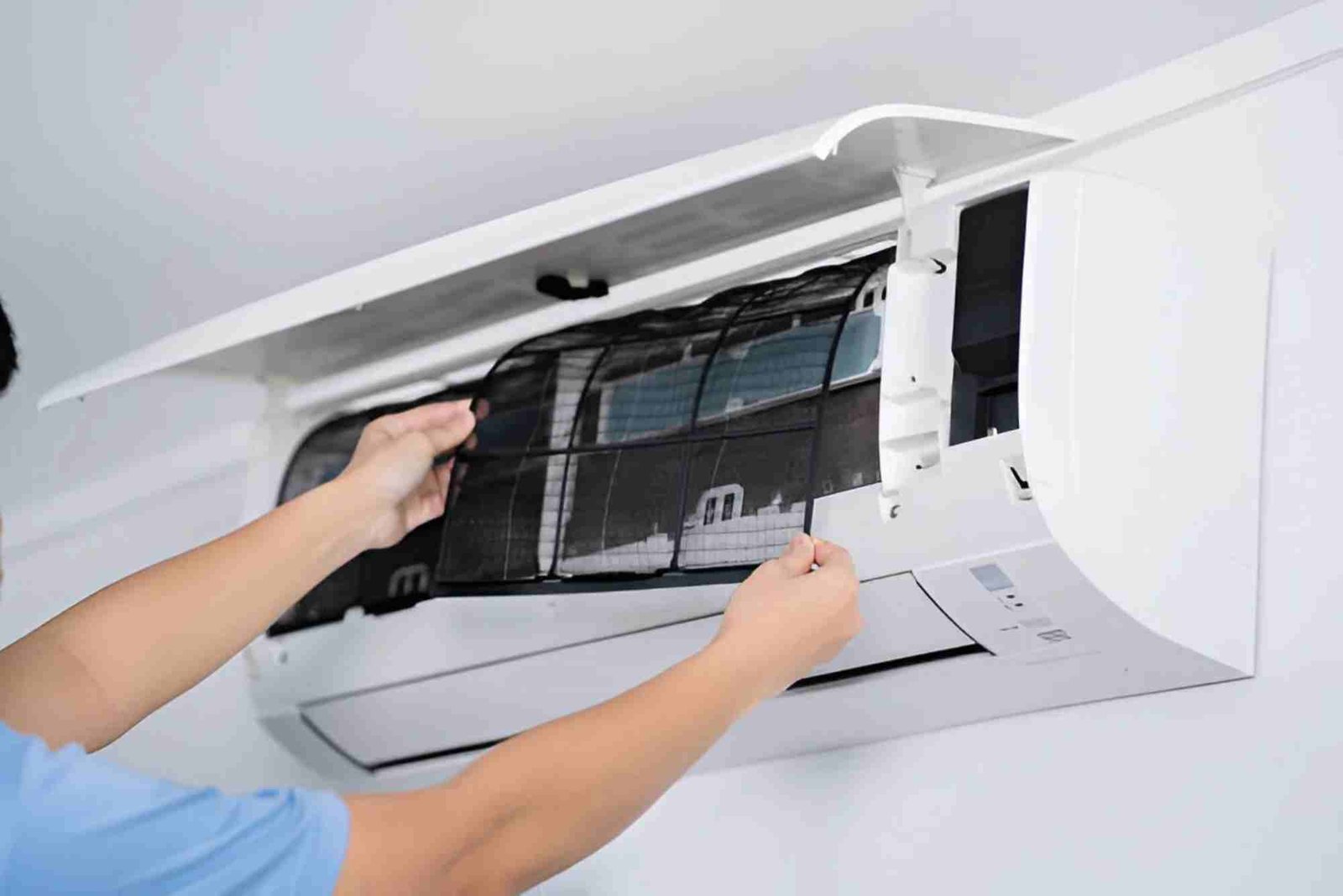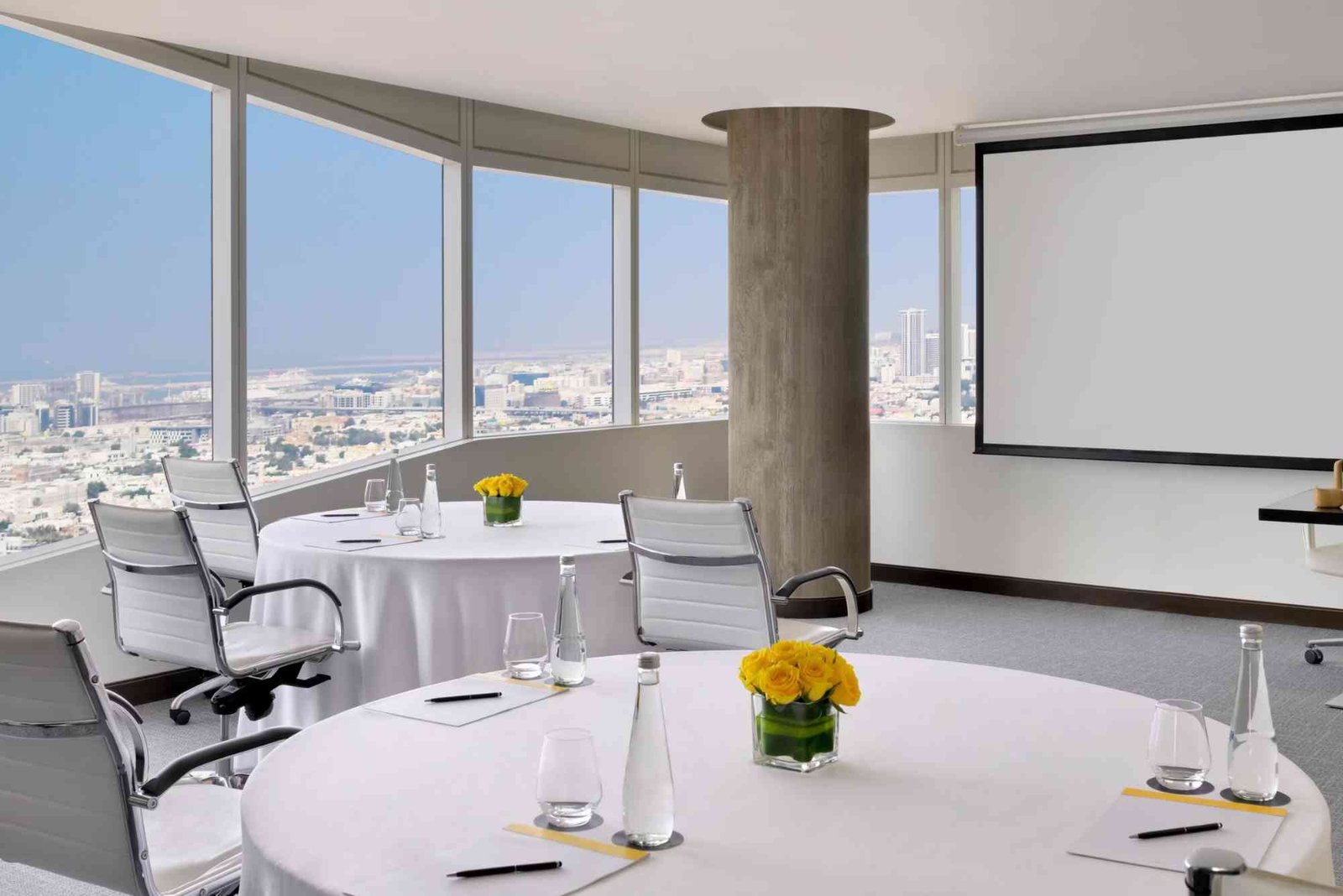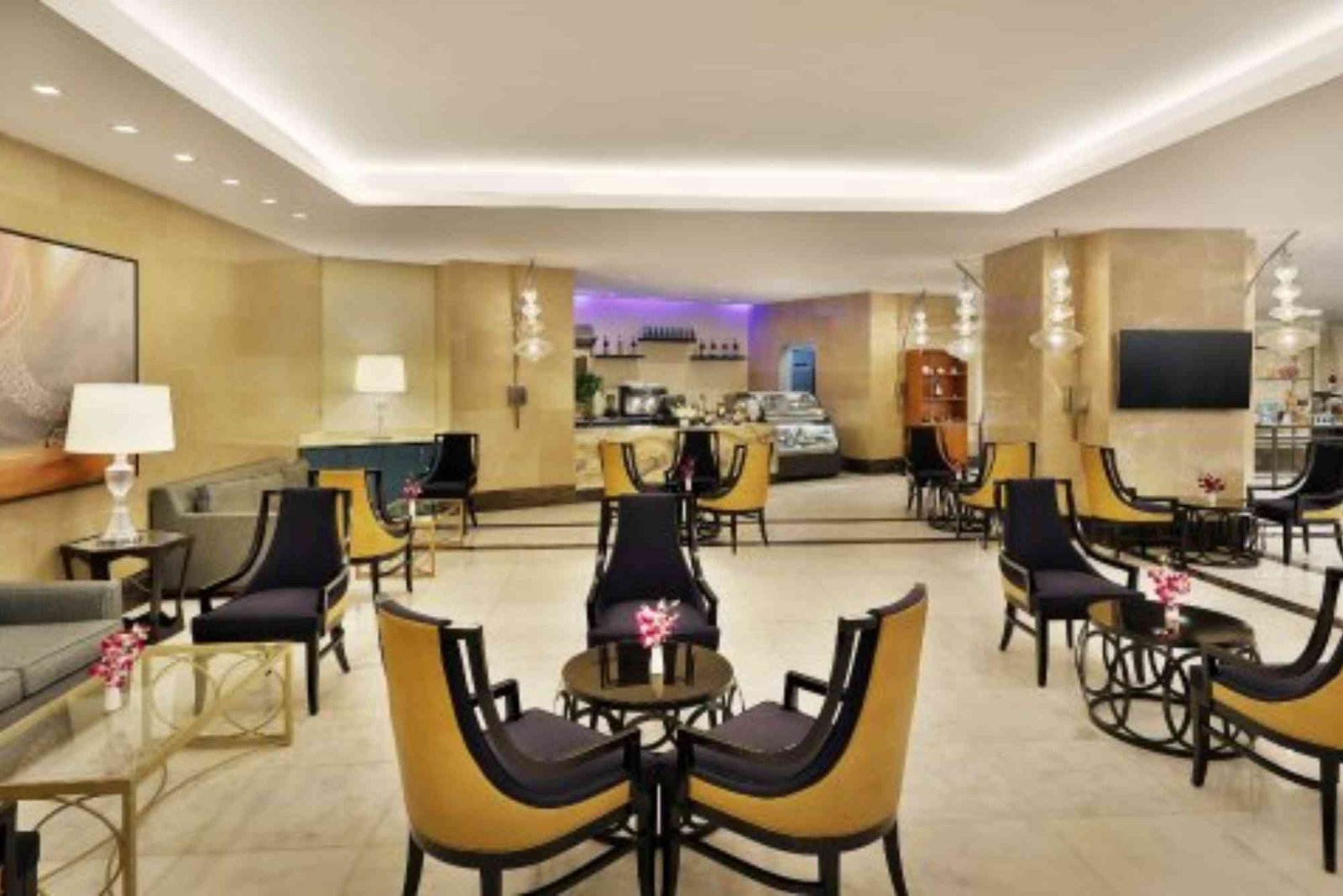When you think of a Customer Relationship Management (CRM) platform, agility might not be the first quality that comes to mind. But in today’s fast-paced digital environment, agility is the name of the game. Businesses—especially creative agencies and design teams—need CRM systems that adapt, automate, and align quickly with their ever-evolving processes. Whether you’re managing client relationships, internal collaboration, or project timelines, an agile CRM helps you move faster and smarter.
I’ve spent the last five years consulting for creative and SaaS-based businesses, and I’ve seen firsthand how the right CRM can either propel a team forward or anchor them down. The most agile CRMs today aren’t just about storing contact data—they’re about smart integrations, real-time insights, and reducing the lag between decision and action.
Why Agility in a CRM Matters More Than Ever
Modern businesses are living in an always-on, hyper-connected ecosystem. Clients expect lightning-fast responses, projects require intricate coordination, and remote collaboration has become the norm. A rigid CRM with clunky processes won’t keep up. Agile CRMs, by contrast, offer:
-
Flexibility to customize workflows based on team needs
-
Real-time data syncing with other tools like Slack, Trello, or Asana
-
Automation that adapts to changing customer behaviors
-
Quick onboarding with intuitive interfaces and scalable features
For designers, developers, freelancers, and hybrid teams, this agility translates into more time creating and less time managing.
HubSpot: Power Meets Flexibility
One of the first CRMs I recommend to clients looking for agility is HubSpot. While it’s known for its robust marketing and sales features, what makes HubSpot agile is its modular design and deep integration capabilities.
A freelance design studio I worked with in Berlin implemented HubSpot as a light CRM initially, but scaled it into a full-service marketing suite as their client base grew. They integrated their time tracking app for designers into the CRM’s dashboard using Zapier. That simple connection gave them immediate visibility into project timelines and client communication in one place.
HubSpot’s drag-and-drop interface allows users to build custom pipelines quickly, while its automation features can trigger emails, assign tasks, or update deal stages—without touching a line of code. Best of all, the free tier makes it accessible for small teams to start lean and scale later.
Zoho CRM: Modular, Global, and Creative-Friendly
Another incredibly agile CRM, especially for internationally-operating creative teams, is Zoho CRM. It has over 40 integrated business apps in its suite, which means you can build a truly customized business ecosystem—without needing dozens of logins or manual syncing.
A UX design agency I consulted for in Toronto chose Zoho CRM because of its ability to connect time tracking, client invoicing, project planning, and even survey tools under one login. They used a time tracking app for designers that connected directly to Zoho Books, allowing them to seamlessly convert logged hours into client invoices, all tied back to CRM contacts.
Zoho’s flexibility shines in its AI-powered features, mobile-first design, and support for complex multi-stage pipelines. It’s perfect for agile teams that need a little more control over their workflows.
Monday.com: The Visual Workflow Powerhouse
Though not a traditional CRM by origin, Monday.com has evolved into one of the most agile CRM platforms thanks to its visual structure and highly customizable workspaces. It’s a favorite among creative teams because it feels less like a spreadsheet and more like an interactive mood board or digital workspace.
I worked with a digital product design firm in San Francisco that used Monday.com to run client relationships, internal task boards, and time tracking dashboards. They used a Chrome-based time tracking app for designers to automatically feed data into Monday boards, keeping tabs on billable time vs. creative sprints.
The interface is friendly and familiar, but under the hood is a robust automation engine and an app marketplace that allows you to plug in tools like Adobe Creative Cloud, Slack, Gmail, and more. Monday.com is agile because it adapts to your process—not the other way around.
ClickUp: Built for Creative and Technical Collaboration
ClickUp is another standout agile CRM, especially if your team bridges creative and technical roles. It offers a combined platform for CRM, task management, goal tracking, and documentation. What makes it uniquely agile is the sheer depth of customization available.
For example, a startup I worked with that offers branding and UX services embedded ClickUp into their sales, onboarding, and production workflows. They connected it with a time tracking app for designers through native integrations, giving project managers clear visibility on how much time was spent on ideation vs. production, helping them refine their billing strategy.
ClickUp’s dashboards can be designed to show high-level sales performance, daily task breakdowns, or project timelines—all color-coded and filterable. You can even create automations that notify the sales team when a client hits a milestone or when a designer logs a certain number of hours on a task.
Pipedrive: Agile Sales Focus for Creative Freelancers
If your focus is on simple, clean sales pipelines that still offer flexibility and automation, Pipedrive is a great option. While it may not have the full suite of enterprise tools like HubSpot or Zoho, its strength lies in its usability and fast setup.
I’ve helped independent designers and consultants set up Pipedrive to manage client inquiries, proposals, and project progress. One freelancer used a time tracking app for designers to track hours spent on each client and used Zapier to sync this data back to Pipedrive, automatically updating project values and expected delivery dates.
What makes Pipedrive agile is its ability to help you focus. The visual pipeline, smart reminders, and email integrations make sure no lead slips through the cracks—even when you’re juggling multiple clients or creative deadlines.
Agile CRMs and Time Tracking: The Perfect Match
One major theme that kept coming up with every client I worked with was the need for real-time time tracking that connects with their CRM. Especially for designers and creatives, tracking hours can be the difference between profit and burnout.
Time tracking apps like Toggl, Harvest, or Everhour are frequently used by designers and offer integrations into all the CRMs mentioned above. When connected, these apps give business owners insights like:
-
How much time each client actually costs (versus quoted time)
-
Which tasks or team members are under or over-allocated
-
When to expand scope, renegotiate contracts, or adjust pricing
For example, a digital agency in Dubai used Harvest connected to HubSpot to show total hours spent per client in real-time. This helped their sales team close smarter deals by understanding the real effort involved in past projects.
These apps not only help with billing but also surface patterns that influence operational decisions. Are designers spending too much time on revisions? Is client communication taking up 30% of the project timeline? With data integrated into your CRM, you can actually do something about it.
Final Thoughts: Choosing the Right Agile CRM
There’s no one-size-fits-all CRM, and that’s the whole point of agility. The most agile CRMs today—like HubSpot, Zoho, Monday.com, ClickUp, and Pipedrive—are flexible enough to meet your unique needs, and robust enough to grow with your business.
The real power emerges when you start combining tools. Connecting a time tracking app for designers to your CRM doesn’t just save time; it gives you visibility, control, and strategic insight. It empowers you to create better client experiences while protecting your team from burnout.
Before committing to any platform, test a few with your current workflows. Try integrations, log some time, set up basic automations. The best CRM isn’t necessarily the most expensive or popular—it’s the one that fits you best and helps you move forward without friction.
If you’re a creative professional, startup, or design agency looking to streamline operations and boost performance, start with agility. Your clients—and your calendar—will thank you for it.




